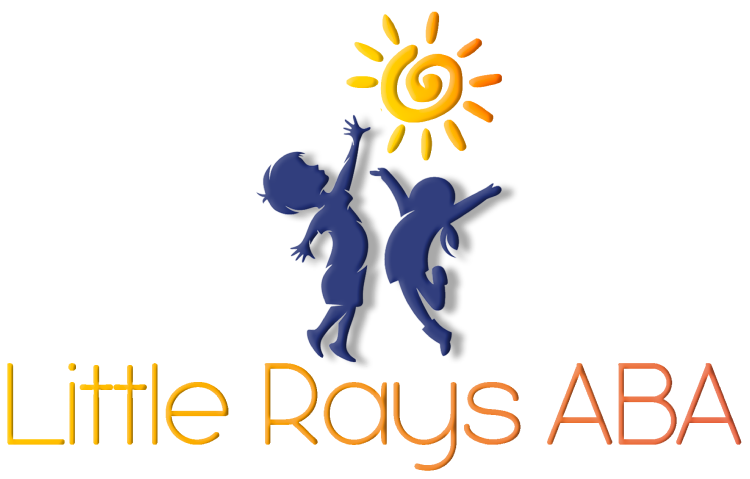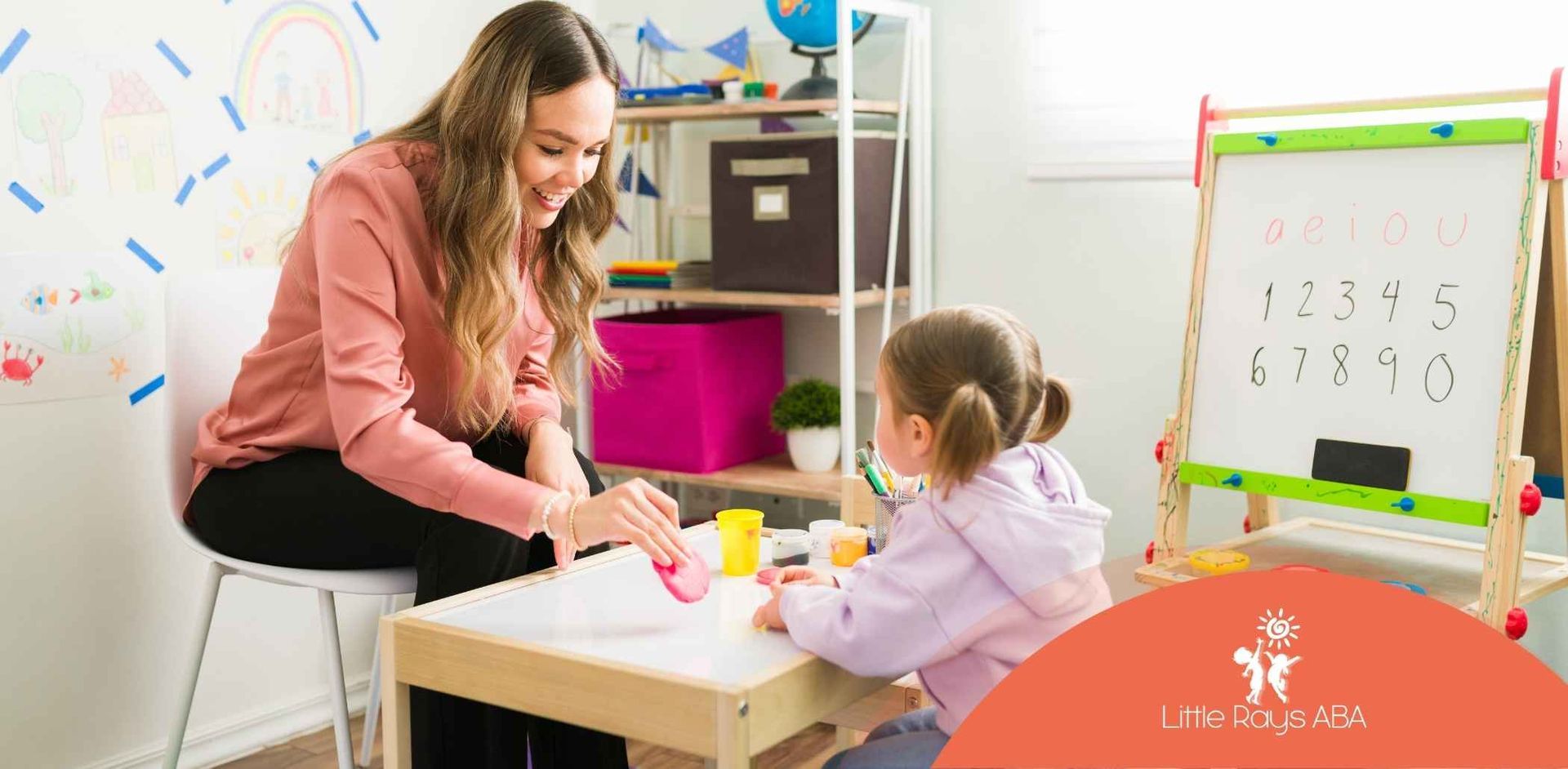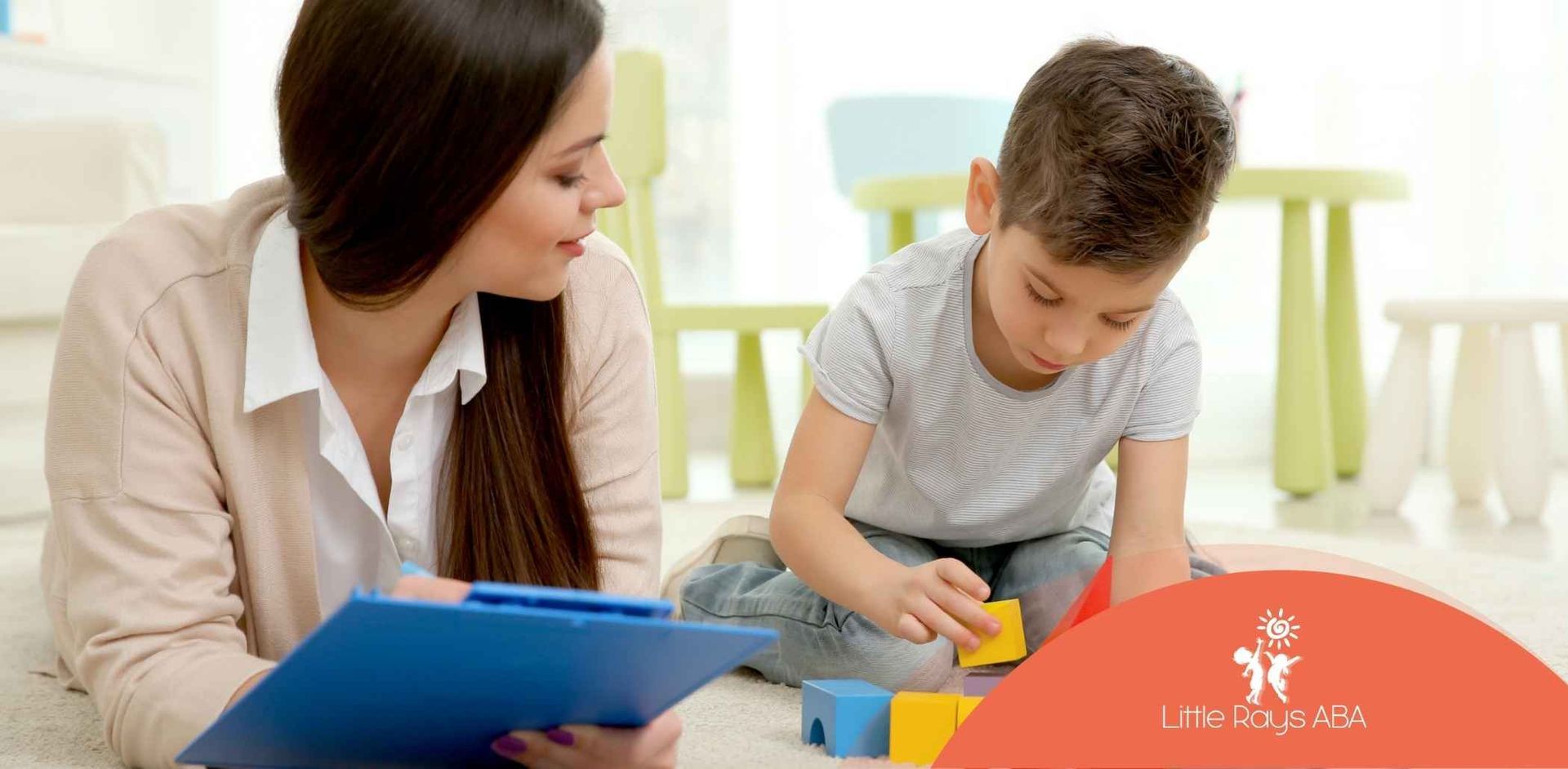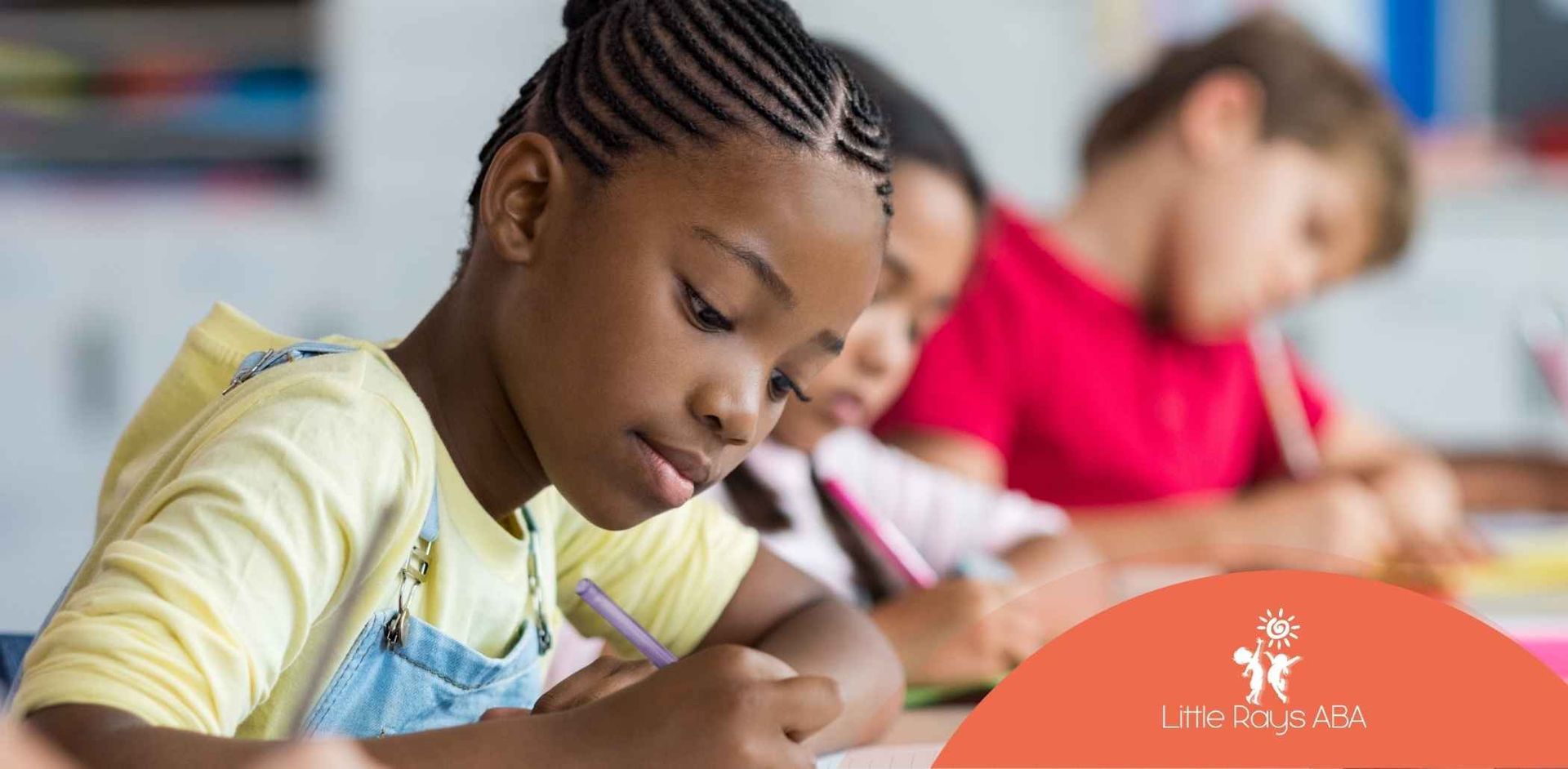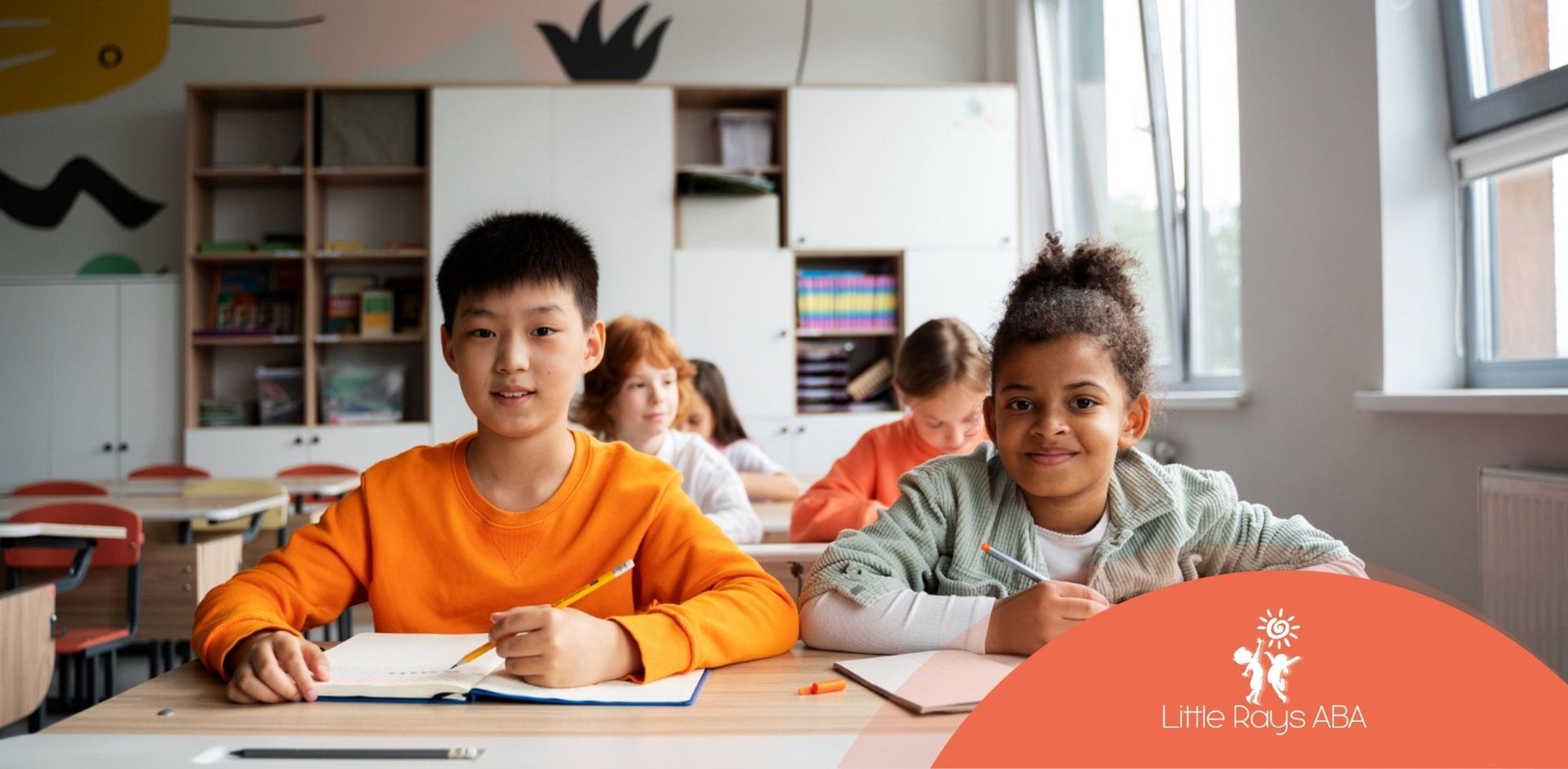
School-Based ABA: What is Errorless Learning?
As an ABA therapist, one of my goals is to help students experience success right from the start. That’s exactly where errorless learning shines.
Instead of waiting for students to “learn from their mistakes,” this method helps them learn skills correctly and confidently the first time. It reduces frustration, builds motivation, and sets learners up for success—especially in school-based ABA therapy.
Understanding Errorless Learning in ABA Therapy
What is Errorless Learning?
In ABA, we use several teaching strategies to support skill acquisition, and errorless learning is one of my favorites. Why? Because it’s all about minimizing errors and maximizing positive experiences.
Rather than having students guess or stumble through new tasks, we provide just enough support—called prompts—to help them get it right the first time. Over time, we gradually fade those prompts until the student can respond independently. It’s about building confidence while teaching accuracy.
How Effective is Errorless Learning?
The reason this method is so effective is simple: when we prevent errors, we prevent frustration. Students are more motivated to engage in learning because they’re reinforced with success—not corrected after failure. It creates a safe, encouraging space where learning feels achievable and empowering.
The Origins of Errorless Learning
Errorless learning originally emerged from work with individuals with developmental disabilities. Researchers found that the typical trial-and-error approach often led to repeated mistakes, frustration, and slower progress.
By eliminating opportunities for error, students could learn new skills more quickly—and retain them better. Today, we use errorless teaching strategies in everything from basic communication to academic skills, and it’s an essential tool in school-based ABA programs.
Benefits of Errorless Learning in School Settings
Boosting Student Engagement
One thing I’ve consistently seen is how errorless learning increases a student’s willingness to participate. When kids aren’t constantly being corrected or feeling confused, they start to enjoy learning. You’ll often notice more eye contact, more initiative, and a greater sense of pride in their work.
Reducing Anxiety and Frustration
For students who experience anxiety or are sensitive to feedback, repeated errors can be discouraging. Errorless learning removes that stress by giving them the support they need to get it right. This creates a safer emotional environment and promotes better self-esteem.
Improving Retention and Mastery
When students get things right from the start, those correct responses become more deeply ingrained. Instead of spending time “unlearning” mistakes, they build accurate memory pathways. That’s one of the reasons I recommend errorless learning for students who struggle with working memory or processing delays.
Practical Errorless Learning Techniques for Educators
Using a Prompt Hierarchy
Prompting is the foundation of errorless learning. We start with the most supportive prompts and fade them gradually.
This is paragraph text. Click it or hit the Manage Text button to change the font, color, size, format, and more. To set up site-wide paragraph and title styles, go to Site Theme.
What is errorless learning in ABA therapy?
Errorless learning in ABA is a teaching method where prompts are used to ensure the learner responds correctly from the start. This reduces frustration, builds confidence, and helps students retain skills more effectively.
How is errorless learning used in school-based ABA?
In school settings, therapists use errorless learning with visuals, prompts, and feedback to teach academic, behavioral, and social skills in real-time environments like the classroom, lunchroom, or playground.
Is errorless learning better than trial-and-error?
For many learners, especially those with autism or developmental delays, errorless learning reduces stress and supports faster skill acquisition by avoiding repeated mistakes and reinforcing correct behavior immediately.
Sources:
- https://www.fau.edu/education/centersandprograms/card/documents/errorlessteaching.pdf
- https://pubmed.ncbi.nlm.nih.gov/38499008/
- https://psycnet.apa.org/record/2007-12712-005
- https://www.appliedbehavioranalysisedu.org/what-is-prompting-and-how-is-it-used-in-aba-therapy/
- https://docs.autismspeaks.org/evidence-based-practices/prompting
Related Posts
